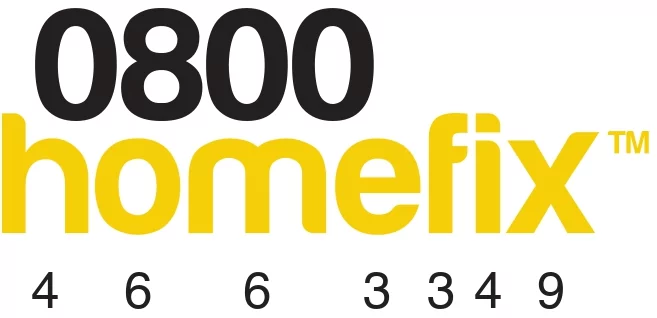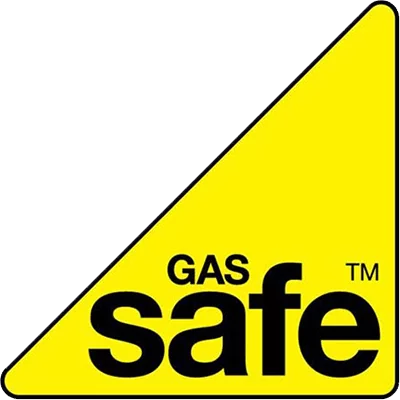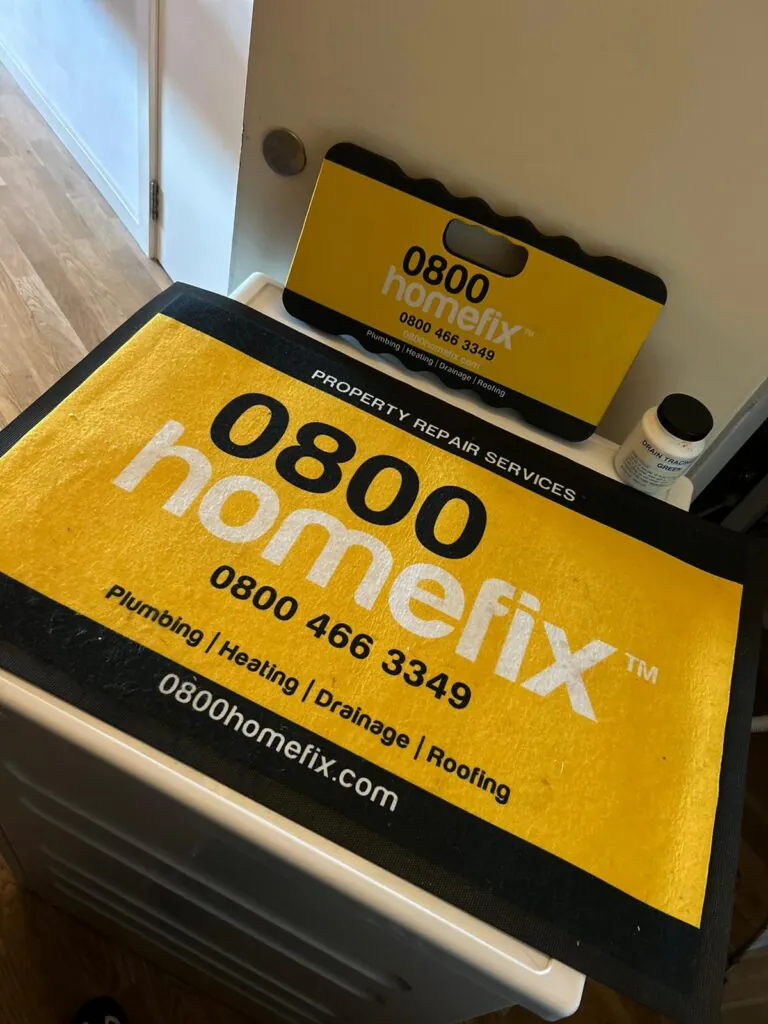What Is Trace and Access Insurance Coverage?
Wondering how to manage the costs of locating a hidden leak in your home? “What is trace and access” might be the question on your mind. Trace and access is an insurance term that may come to your rescue, covering the search but not the repair. This guide demystifies trace and access insurance, detailing its role, what it covers, and how it can protect your property.
Key Takeaways
Trace and access insurance coverage is designed to cover the costs of locating the source of leaks or damage within a property’s structure but does not cover the actual repairs of the leak itself or any pre-existing damages.
Policyholders need to review their home insurance policies carefully to understand if trace and access cover is included, as it varies among providers and may come with different coverage limits and exclusions.
Combining trace and access cover with home emergency cover can provide comprehensive protection by covering both the identification of leaks and immediate emergency repairs, often at a discount for bundling multiple coverages.
Unveiling Trace and Access Cover
Imagine you discover a leak in your property. The water is seeping through the walls, but you can’t pinpoint its source. This is where trace and access cover comes in. It’s an integral part of home insurance designed to locate the source of leaks or damage within your property’s structure, covering accidental damage to underground services like drains, pipes, cables, and tanks on your land.
The significance of such coverage is immense. It prevents the astronomical costs that can arise from hidden water leaks, covering the expenses of removing and replacing parts of the building to find the leak source. This insurance serves as a safety net, protecting you from footing the bill for unanticipated issues.
Scope and Limits of Trace and Access Insurance
Trace and Access insurance, as comprehensive as it is, does have its limits. It typically covers the use of professional leak detection services to locate the source of leaks, including any necessary damage to the property’s structure to enable access for repairs. However, one should be aware that this insurance doesn’t cover the cost of repairing the leak itself, roof leaks, or any damage already caused by the leak.
Moreover, issues arising from general wear and tear or lack of maintenance are not included. Policy limits usually define the coverage for accessing buried pipes – understanding these is crucial to avoid unexpected out-of-pocket expenses in case the costs surpass the policy’s coverage amount.
The Critical Role of Trace and Access in Home Insurance Policies
Digging deeper into the realm of home insurance, we find that trace and access cover is a common feature in numerous buildings insurance policies. Its coverage isn’t limited to water leaks. It extends to the escape of oil from domestic oil tanks and access covers, reflecting its broad application in preventing a range of potential damages.
But how do you know if your insurance policy includes this crucial provision? And what should you expect from different insurance providers? Let’s explore.
Understanding Your Policy: Is Trace and Access Included?
Coverage is not always straightforward. Trace and access coverage can vary across buildings insurance policies. It might not be included as a standard feature but can often be added on. It’s vital for policyholders to comprehend their coverage limits and exclusions. This requires delving into the ‘Exclusions’ section and comprehending the ‘Definitions’ given in your insurance documentation.
You must scrutinize your policy details to confirm whether trace and access coverage is included. Before initiating any work, reach out to your insurer to clarify any uncertainties. Your insurance documents should outline the steps involved in reporting and claiming for trace and access coverage, including any necessary documentation and time constraints.
Navigating Coverage Levels: What to Expect from Different Providers
Not all insurance providers are created equal. The levels of trace and access cover can differ significantly across insurance providers, with some offering this coverage as a standard inclusion and others only as an optional extra. The maximum amount covered typically caps at £5,000, though this figure may vary between different insurance policies.
Insurance providers may recommend employing a Trace and Access company due to their specialised ability to locate leaks effectively. Utilising approved workers sent by the insurance provider ensures coverage of the work without the insured needing to pay upfront, which is generally more advantageous.
When Leaks Go Underground: Are Pipes on Private Land Covered?
Underground leaks can be a homeowner’s worst nightmare. Trace and access insurance generally includes coverage for the cost of identifying problems with pipes, drains, cables, and tanks located underground on a homeowner’s private property. However, the devil is in the details when it comes to underground pipes covered. Coverage does not extend to cesspits, soakaways, pipes outside property boundaries, pipes owned by a water company, or shared pipes where insurers might only cover the policyholder’s share.
Policy documents may not always be clear about these exclusions. As a homeowner, it’s your responsibility to review these details at the time of purchase to ensure your understanding of coverage limitations. Fortunately, about 85% of buildings insurance policies, including your buildings insurance policy, provide coverage for accidental damage to underground services as a standard inclusion, making it a common feature in the industry.
Initiating a Trace and Access Claim
When faced with a potential leak, knowing how to navigate the claims process could save you both time and money. The key steps include promptly contacting your insurer, employing a specialist to locate the leak, and providing necessary documentation.
But how exactly does one go about this? Let’s break it down.
Contacting Your Insurance Provider
Prompt communication with your insurer is of paramount importance. Early notification to your insurance provider upon suspicion of a leak could potentially include Trace and Access coverage in your claim. Early contact ensures that the costs associated with investigating the leak can be covered under the trace and access provisions of your policy, avoiding potential delays in the claim process.
Furthermore, insurance providers typically deploy a loss adjuster to assess the repair specialist’s proposed scope of work and cost. This ensures both accuracy and fairness before sanctioning any repair work.
The Role of Approved Tradespeople in Claims
Once you’ve contacted your insurer, approved tradespeople, like US, come into play. having a professional qualified plumber is integral in assessing the issue, locating the source of the leak, using specialised Trace and Access equipment to determine the course of necessary work. Insurers generally cover actions deemed essential by the tradesperson’s assessment to access and expose the leak.
Reasons Why Trace and Access Claims May Be Denied
While trace and access coverage can be a lifesaver during a leak situation, bear in mind that claims may sometimes be refused. One common reason is the absence of an insurable event, like water escaping from a closed system or any form of water damage. Claim denial can occur when the leak type falls under policy exclusions, such as roof leaks or leaks due to wear and tear.
Moreover, insufficient evidence of accidental damage or signs of general wear and tear on the affected property fixtures and structures may lead to claim denials. Insurance providers may also refuse to reimburse any work deemed excessive or unnecessary, such as the removal of structures not directly affected by a water leak.
Enhancing Protection: Bundling Trace and Access with Home Emergency Cover
For all-encompassing protection, it is advisable to bundle trace and access cover with home emergency cover. This combination covers the costs to both locate a leak and conduct immediate emergency repairs. Homeowners can rest assured that both the identification and the initial management of leaks are financially supported when these covers are combined.
In addition to the peace of mind, there’s also a financial advantage. Insurers often offer discounts for multiple coverages within one policy, resulting in potential financial savings when bundling trace and access with home emergency cover.
Comparing Home Insurance Offers: Finding Adequate Cover for Your Needs
The world of home insurance offers a plethora of options, and finding the right access insurance cover for your unique needs can feel overwhelming. When sifting through home insurance policies, make sure to verify whether trace and access cover is included as standard or as an optional extra. The coverage levels can also differ, with some policies offering unlimited cover while others have specific limits. In this process, it’s essential to consider the home insurance cover trace and access aspects to ensure comprehensive protection.
With 96% of building insurance policies including trace and access cover, it’s become a common feature in the industry. However, it’s crucial to grasp the cost implications of incorporating this cover into your policy. It could be invaluable in the event of a claim, potentially saving significant expense and inconvenience.
Preventative Measures: Reducing the Risk of Water Leaks
Prevention is always better than cure. Homeowners are responsible for the routine maintenance of appliances to prevent gas leaks. Failure to conduct such maintenance can lead to uncovered damages by insurance. Extended warranties on appliances may cover gas leaks if the cause is related to installation issues, highlighting the homeowner’s responsibility for regular upkeep to avoid disasters.
Investments in preventative steps, like video camera inspections and stud sensors, can avert potential issues in the future. Regular checks on the plumbing system, including taps, toilet pipe wall cover, and under the sink, can identify potential weaknesses and help prevent a leaking pipe. Maintaining your home diligently is crucial, as insurers consider this when assessing a claim for water leaks.
Summary
In the often complex landscape of home insurance, understanding the intricacies of trace and access coverage is vital. From locating the source of a leak to covering the costs of potential damage, this type of coverage is a crucial aspect of a comprehensive home insurance policy. As we’ve explored, it’s essential to review your policy details, understand the coverage limits, and take preventative measures to reduce the risk of leaks. Remember, the key to navigating this landscape successfully is being well-informed and proactive. So, why not start reviewing your home insurance policy today?
Frequently Asked Questions

Matthew Fowler
The content within this page has been approved by Matthew Fowler







